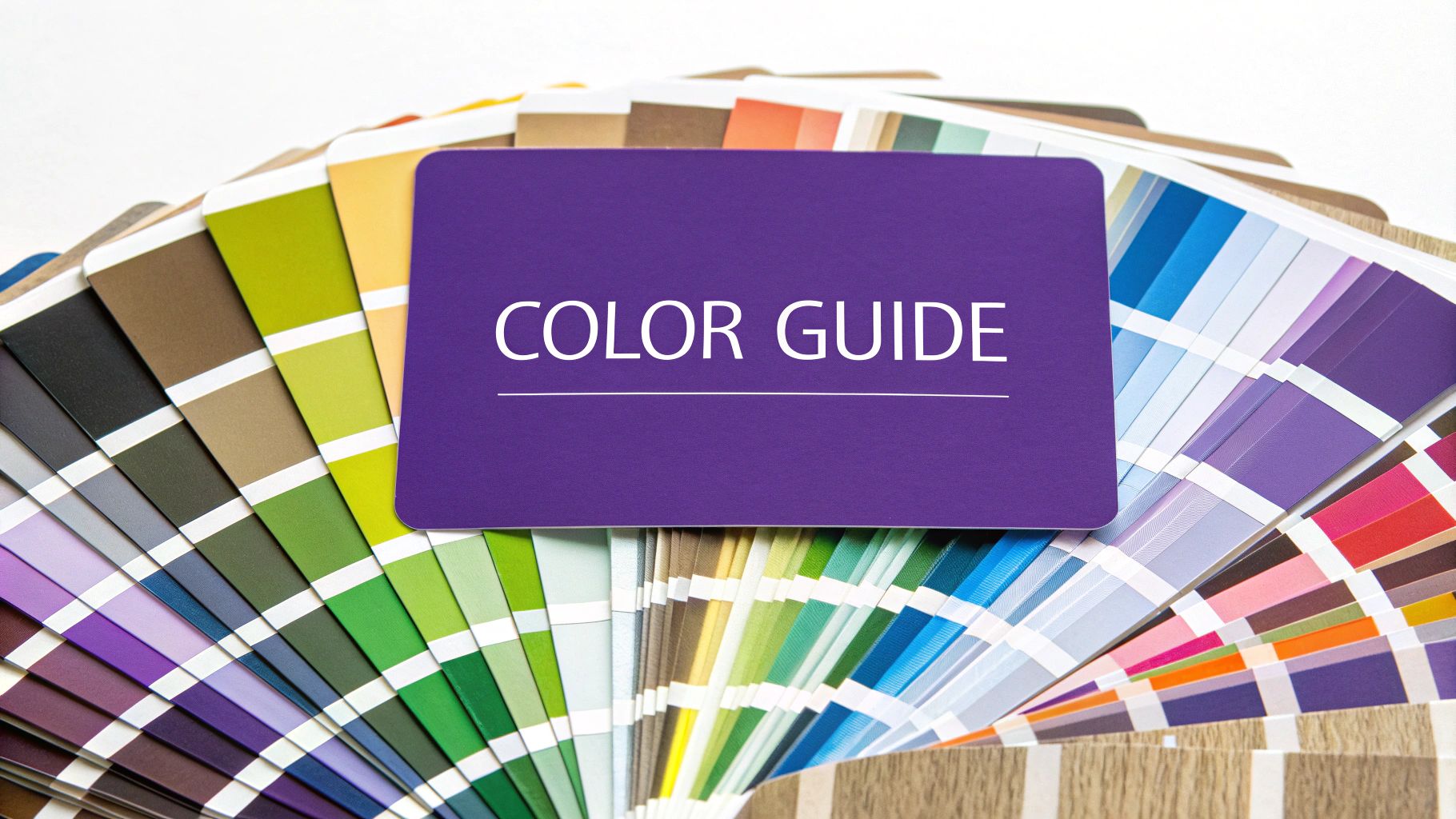
Personal Color Analysis: Your Ultimate Guide to Finding Your Best Colors
By Emma Johnson - 8/11/2025
Understanding Personal Color Analysis: A Journey Through Time
The world of personal color analysis has captivated people for generations. While social media has brought new attention to this field, its fascinating history stretches back through decades of artistic observation and methodical development. Let's explore how this approach to understanding personal style has grown from its artistic origins into a well-established practice.
The Artistic Roots of Color Analysis
It all began in the art studios of the 1920s. Johannes Itten, a Swiss painter and art theorist, made an intriguing discovery while teaching his students. He noticed they naturally selected colors that matched their personal coloring when creating artwork. This simple observation sparked deeper questions about the connection between individual complexion and color harmony. Though based on observation rather than scientific study, Itten's work set the foundation for modern color analysis systems. His insights were later published in his 1961 book 'The Art of Color'. Learn more about Itten's color theory
The Rise of Seasonal Color Systems
While Itten's ideas remained primarily in art education circles for many years, they eventually blossomed into something bigger. By the mid-20th century, his concepts evolved into the seasonal color system we know today. This system organizes colors into four main categories - Spring, Summer, Autumn, and Winter - creating a practical framework for matching colors to complexions.
From Observation to Methodology
Color analysts developed draping as their primary technique - placing fabric samples next to a person's face to assess which colors work best. This hands-on approach, combined with color theory principles, led to detailed seasonal color palettes. Each season gained distinct characteristics - Summers feature cool, softer tones while Autumns showcase warm, rich earth colors. This systematic approach brought consistency to what was once purely intuitive.
Expanding Access and Understanding
The field continued to grow as practitioners refined their methods. Some expanded beyond the basic four seasons to include twelve or sixteen sub-seasons, offering more precise color recommendations. This evolution shows how personal color analysis keeps adapting to meet individual needs while maintaining its core principle: helping people find their most flattering colors. Today's practitioners continue studying how colors interact with personal features, building on decades of knowledge and experience.
The Evolution of Seasonal Color Systems
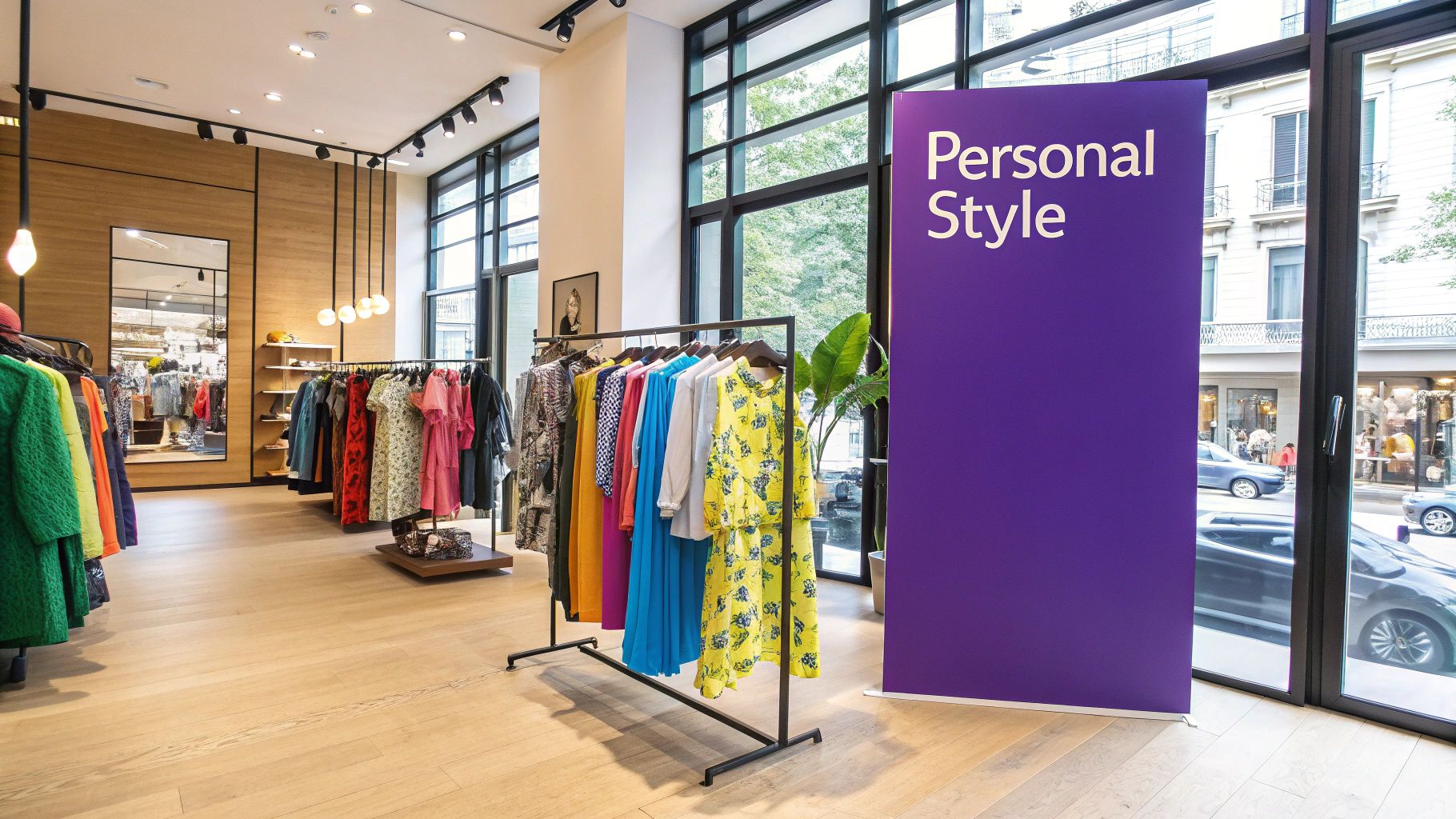
Personal color analysis has grown from its artistic origins into a widely used approach for understanding individual coloring. Johannes Itten's early work laid the foundation, but the system needed significant development to become the practical tool we know today.
Structuring the Seasonal Framework
The four-season system emerged as a practical way to organize colors with similar qualities. Spring, Summer, Autumn, and Winter became the main categories, each representing specific color ranges. This organized approach made it easier for people to identify which colors worked best with their natural features, moving beyond abstract artistic concepts.
Refining the Analysis Techniques
The introduction of draping brought scientific rigor to color analysis. This method involves placing fabric samples near a person's face to see how different colors affect their appearance. Through draping and improved color theory knowledge, analysts could make more accurate assessments of which colors enhanced an individual's natural coloring.
The Surge in Popularity and Diversification of Systems
Personal color analysis gained significant public attention in the 1970s and 1980s. The release of Carole Jackson's book Color Me Beautiful in 1973 introduced these concepts to everyday people, offering specific guidance on makeup and clothing choices. Several companies began offering color analysis services, including Colour Me Beautiful and House of Colour. Learn more about seasonal color analysis. The field expanded beyond the basic four seasons to include twelve and sixteen sub-seasons for more precise recommendations. For additional insights, check out this guide on how eye and hair color influences personal color analysis. These developments show how color analysis continues to evolve to better serve individual needs.
Personal Color Analysis in the Digital Age
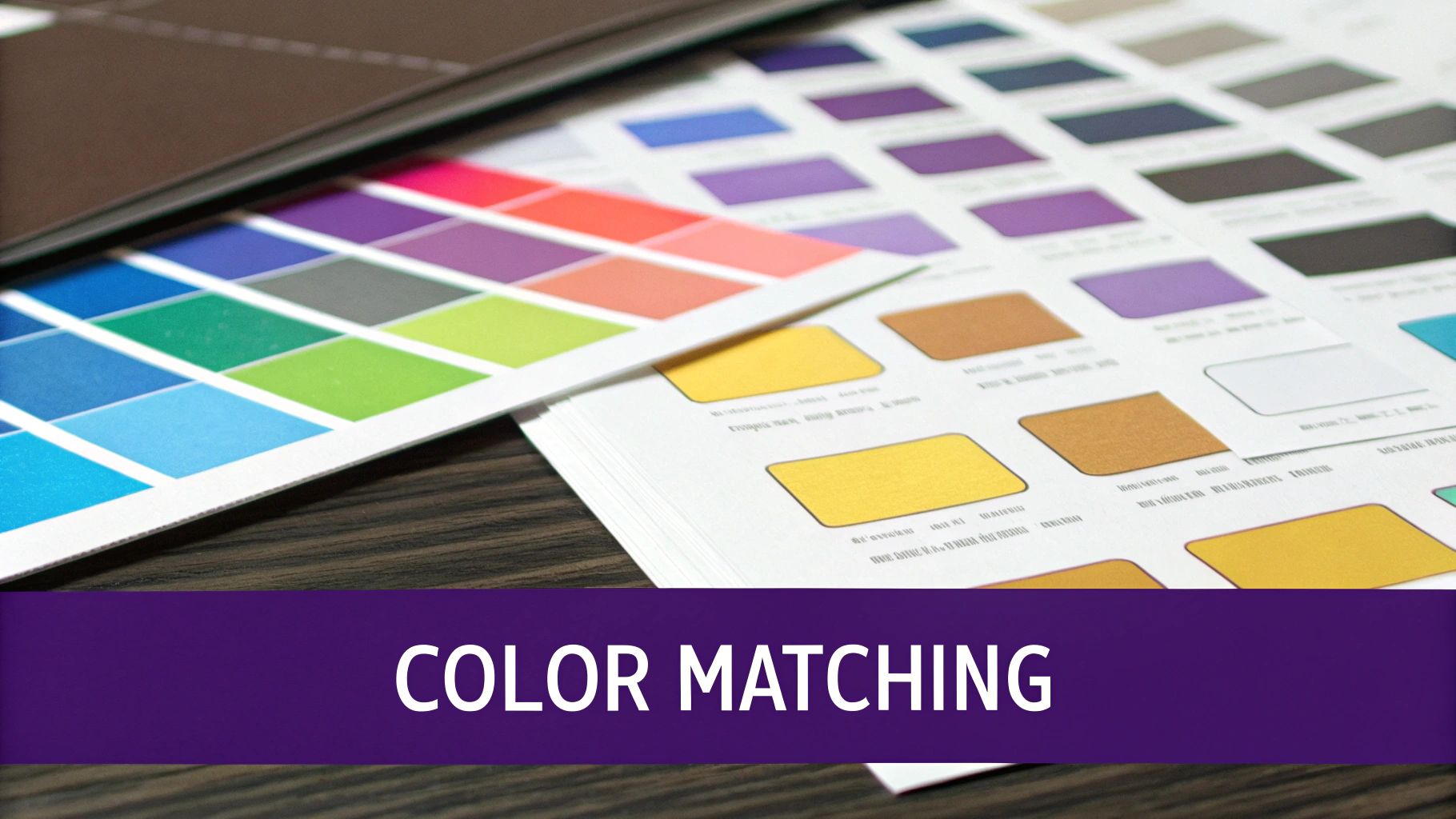
Personal color analysis has grown and adapted significantly with advances in technology. The blend of time-tested methods with new digital tools has opened up fresh possibilities for analyzing and understanding personal coloring.
The Rise of Virtual Color Analysis
The internet has made color analysis more accessible than ever through online draping tools and color matching apps. These digital options tend to be more affordable and convenient than traditional in-person sessions. While this wider availability helps more people discover their best colors, the accuracy can vary significantly between different virtual tools.
Making Sense of Online Color Analysis
Quality and reliability differ widely among digital color analysis options. Even the best virtual tools may miss subtle nuances that a trained expert would catch during an in-person consultation. Factors like screen settings, lighting conditions, and photo quality can impact results.
Social media has helped fuel renewed interest in personal color analysis. On TikTok alone, the #coloranalysis hashtag has gathered over 1.2 billion views. This trend has taken off particularly strongly in South Korea's beauty and fashion circles. The COVID-19 lockdowns gave color analysis an extra boost as people explored self-improvement activities from home. Learn more about this trend on Highsnobiety.
Combining Digital and Traditional Methods
While digital tools offer convenience, they work best when paired with expert guidance. Many successful color analysts now use tech to enhance their services while maintaining the essential human element of personal consultations.
Getting the Most from Online Resources
Here are key tips for using online color analysis effectively:
- Choose Quality Tools: Seek out well-reviewed services with clear methods
- Know the Limits: Understand what digital analysis can and cannot do
- Get Expert Input: Consider combining online tools with professional guidance
- Start Small: Use digital resources to learn basics before investing in full analysis
By taking a balanced approach that combines digital convenience with professional expertise, you can make the most of modern color analysis tools while avoiding their pitfalls.
The Science Behind Your Perfect Palette
The world of color analysis goes far beyond simple aesthetics. At its core lies a fascinating blend of scientific principles that explain how light, color, and your unique physical traits work together to create your individual color profile.
Understanding the Role of Light
Light forms the foundation of how we perceive color. When light hits any surface, some wavelengths are absorbed while others reflect back to our eyes, creating what we see as color. That's why the same color can appear quite different under natural daylight versus artificial lighting. For accurate color analysis, understanding these lighting principles is essential.
The Influence of Melanin and Hemoglobin
Your skin's color stems from two key pigments: melanin and hemoglobin. Melanin determines your skin's darkness level and affects how colors appear against your skin. Hemoglobin creates those rosy or pink tones you might notice. These pigments combine to form your unique undertone - a crucial factor in determining your best colors.
Skin Undertone, Value Contrast, and Color Temperature
Color analysis examines three main elements: skin undertone, value contrast, and color temperature. Your undertone is the subtle hue beneath your skin's surface - warm, cool, or neutral. Value contrast refers to how much your features (hair, skin, eyes) differ in lightness and darkness. Color temperature describes whether a color leans warm or cool. Together, these elements create your unique color profile.
The Impact of Color on Your Appearance
The right colors can make your skin glow and your eyes pop, while unflattering ones can create shadows or make you look tired. A person with cool, high-contrast coloring often looks best in crisp, clear colors, while someone with warm, low-contrast features might shine in soft earth tones. Understanding these effects helps you make better color choices.
Applying Scientific Knowledge to Color Choices
Understanding these scientific principles takes the mystery out of choosing flattering colors for your wardrobe, makeup, and hair. You might find it helpful to read: How to master your perfect color palette guide. This knowledge provides clear reasons why certain colors work for you and others don't, helping you build a wardrobe that consistently makes you look your best.
Discovering Your Personal Color Season
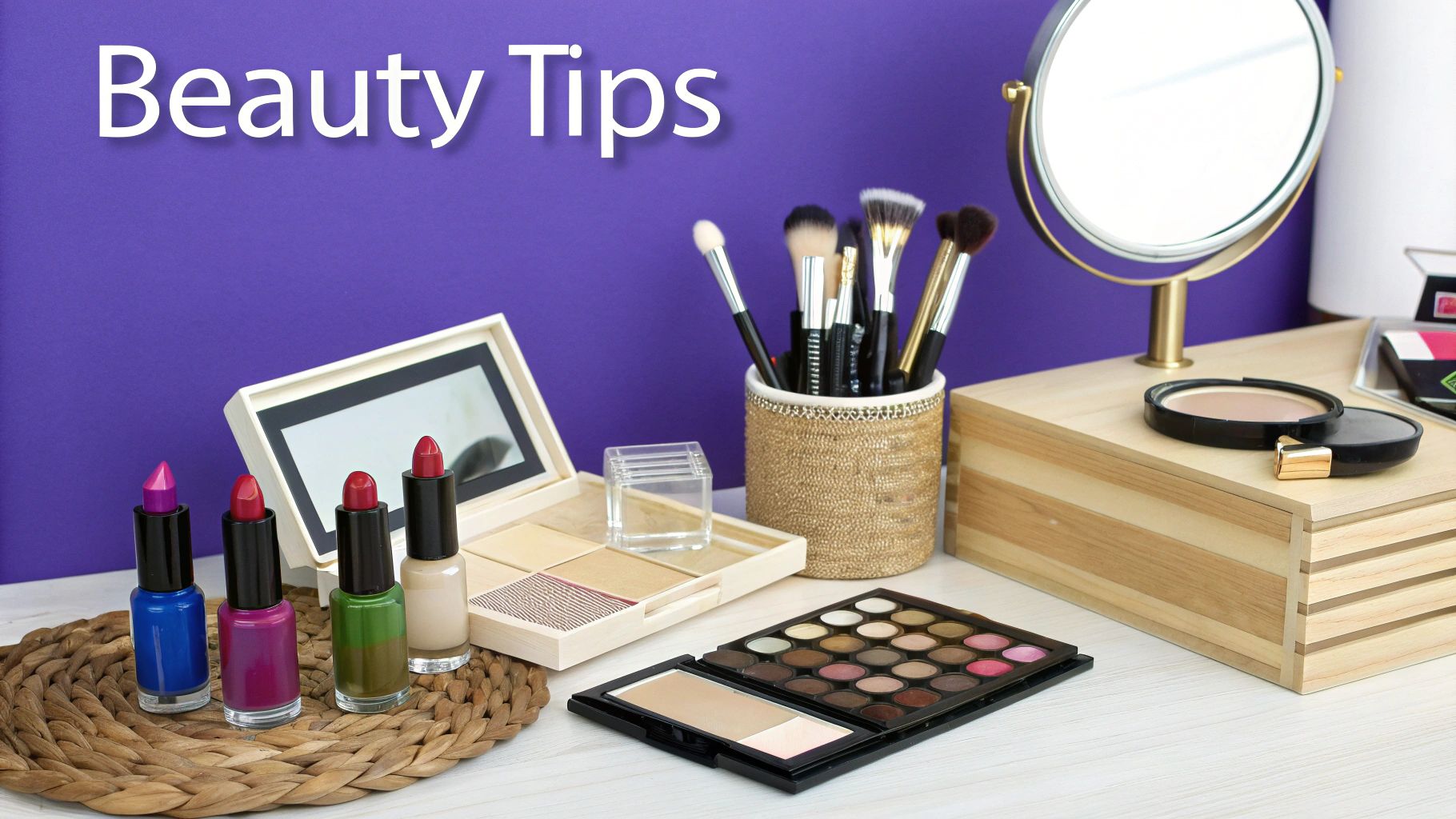
Finding your perfect color season requires understanding how different colors work with your natural features. The process combines careful observation with color theory principles to determine which shades complement you best.
Understanding the Core Elements of Color Analysis
Three key elements create your unique color profile: undertone, contrast, and temperature. For accurate color analysis, you'll need to assess each one. For more details, check out our comprehensive guide to understanding skin undertone.
- Undertone: The subtle color beneath your skin's surface. This can be warm (golden/peachy), cool (pink/blue), or neutral (mix of both)
- Contrast: The difference between your hair, skin, and eye colors. High contrast means notable differences, while low contrast means similar tones
- Temperature: The overall warmth or coolness of colors that work best with your features
Assessing Your Undertone
Look at the veins on your inner wrist - blue or purple veins suggest a cool undertone, while green-looking veins point to warm undertones. If it's hard to tell, you may have neutral undertones.
Try on silver and gold jewelry to see which flatters you more. Silver typically suits cool undertones, while gold complements warm undertones. If both look equally good, you likely have neutral undertones.
Recognizing Your Contrast Level
Compare your hair, skin, and eye colors. High contrast means striking differences between features, like pale skin with dark hair. Low contrast means your features are similar in depth, like light brown hair with medium skin.
Determining Your Color Temperature
Your undertone and natural coloring work together to create your overall color temperature. For example, warm undertones paired with golden-brown hair typically indicate warm coloring, while cool undertones with ash-toned hair suggest cool coloring.
Putting It All Together: Identifying Your Season
The traditional four seasons - Spring, Summer, Autumn, and Winter - each represent different combinations of undertone, contrast, and temperature.
- Summer features cool undertones with low-medium contrast - think soft pinks and blues
- Autumn has warm undertones with low-medium contrast - earth tones and rich greens shine
- Winter shows cool undertones with high contrast - bold jewel tones and crisp black/white
- Spring combines warm undertones with low contrast - light, bright colors like coral and yellow
Finding your perfect season takes time and practice. Many people benefit from working with a professional color analyst for personalized guidance. Modern color analysis has expanded beyond the basic four seasons to include up to sixteen sub-seasons, offering more precise recommendations. By understanding these elements, you can use color effectively to highlight your natural beauty and develop your personal style.
Transforming Your Style With Color Knowledge
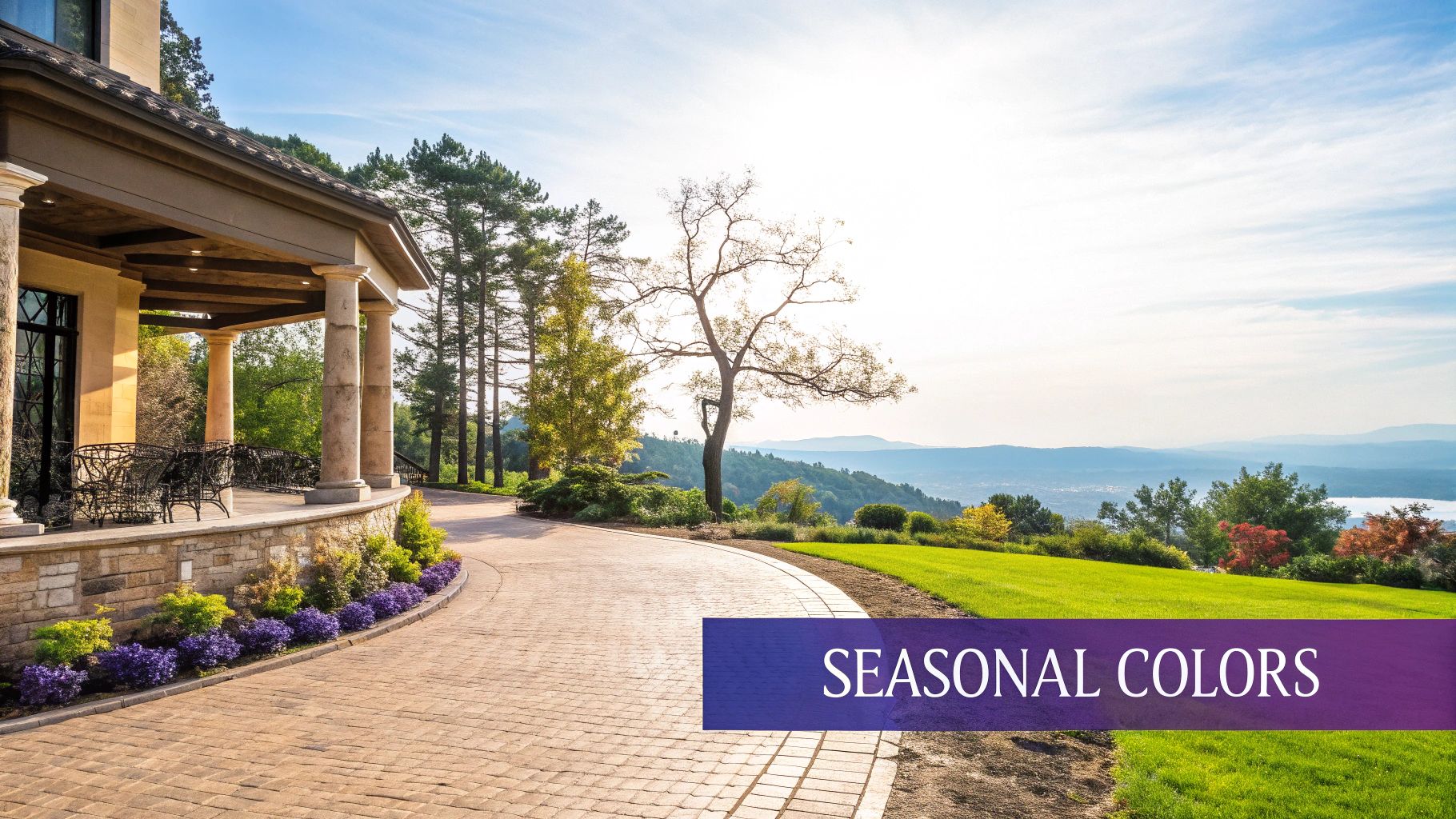
Once you understand your personal color season, you can start applying this knowledge to enhance your wardrobe and overall look. Let's explore practical ways to use color analysis to build a style that truly flatters you.
Auditing Your Existing Wardrobe
Start by reviewing what's already in your closet. You don't need to get rid of everything that's not in your ideal palette. Instead, look for creative ways to make existing pieces work - like pairing a less-than-perfect top with a scarf or jacket in one of your best colors.
Making Smart Shopping Decisions
Shopping becomes much easier when you know your colors. Focus on pieces that complement your natural coloring and skip items that don't serve you well. You'll save both time and money by heading straight to your most flattering shades and avoiding impulse buys in colors that don't work.
Creating Versatile Outfit Combinations
When your wardrobe pieces share a harmonious color palette, putting outfits together becomes simple. You can mix and match with confidence, creating many different looks from fewer pieces. A capsule wardrobe based on your personal colors is perfect for maximizing outfit options.
Incorporating Your Colors Into Makeup and Accessories
Color analysis benefits go beyond clothing. Choose makeup shades that enhance your features - the right lipstick can light up your whole face. Accessories like scarves, jewelry and bags in your best colors add perfect finishing touches to any outfit.
Building a Capsule Wardrobe
Create an efficient wardrobe by focusing on key pieces in your most flattering colors. This focused approach helps eliminate decision fatigue and wasted purchases. With a thoughtfully curated collection of pieces you love and that love you back, getting dressed becomes a joy.
Ready to discover the colors that make you look and feel amazing? AI Color Analysis offers a simple way to get your personalized color recommendations. Upload a photo to receive a detailed report of your best shades for clothing, makeup and accessories. Start your color journey today!
Article created using Outrank
Take your style to the next level with a professional analysis
You already know the theory. Now discover exactly which colors and styles enhance your personal image.
Loading...
Complete PDF report in less than 5 minutes
Your color season and personalized palette
Specific makeup and clothing recommendations
Based on professional color analysis
One-time investment:
One-time payment, no subscriptions. Instant access.